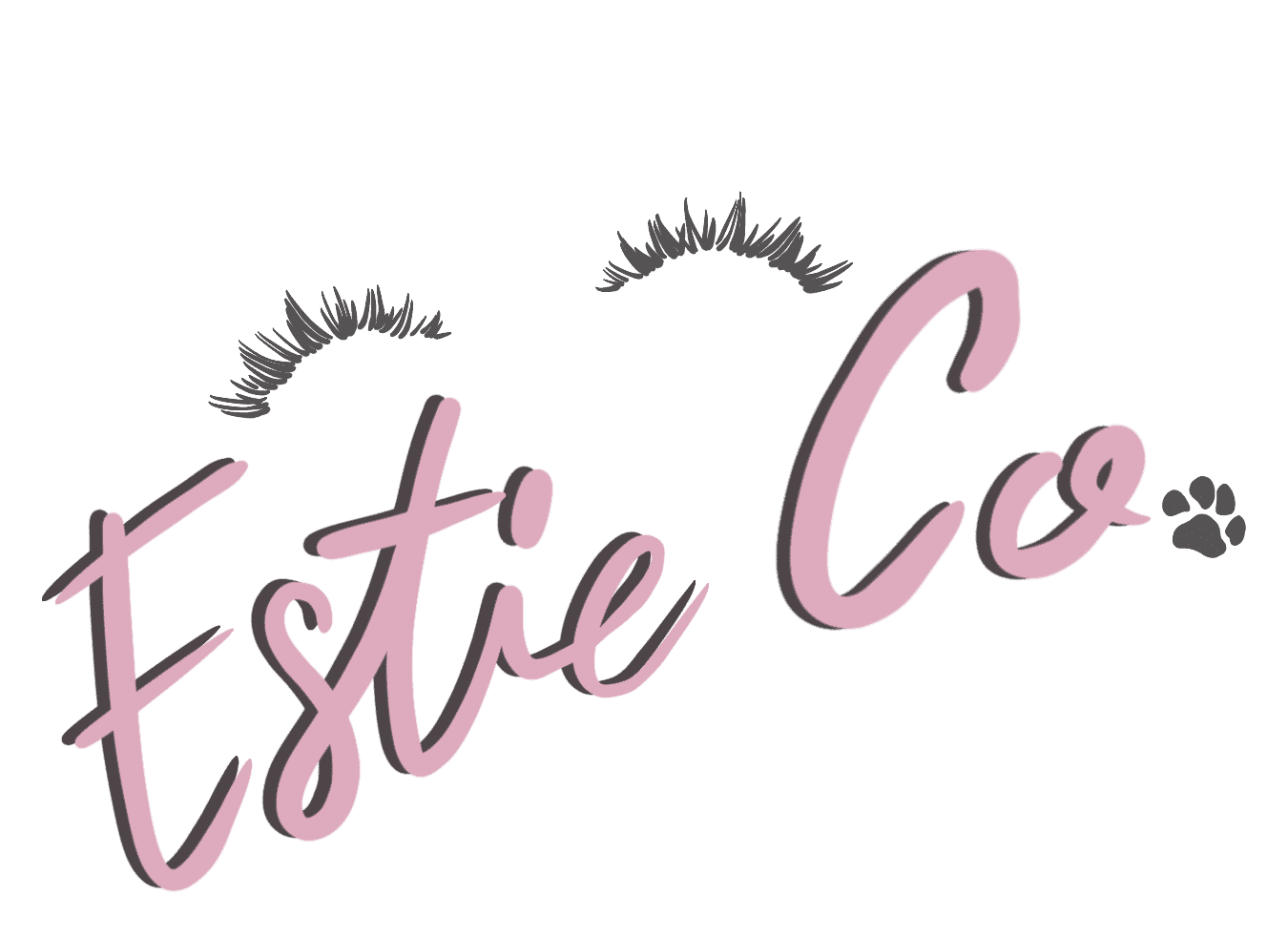Dermaplaning FAQ
Welcome to Estie Co.’s Dermaplaning FAQ, your go-to resource for all things related to this rejuvenating skincare treatment. We understand that you may have questions about dermaplaning, its benefits, and how it can help you achieve smoother, glowing skin. Our FAQ page is designed to provide you with clear and informative answers, ensuring you feel confident and informed as you embark on your journey to revitalized beauty. Explore our frequently asked questions to discover the secrets to radiant skin through dermaplaning.
